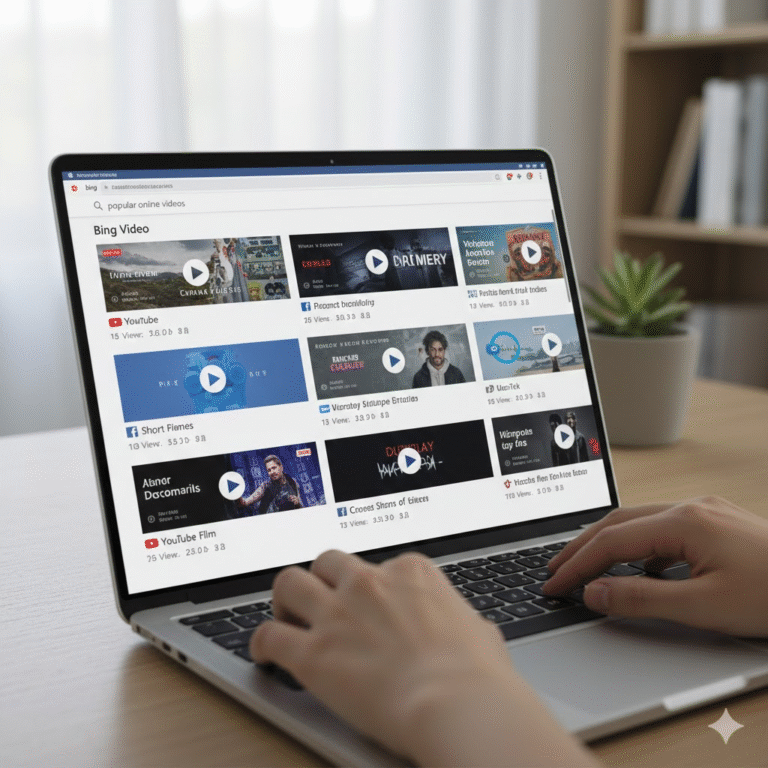
Introduction
In a world where knowledge is power, higher education has long been a gateway to opportunity, yet its doors have not always been open to everyone. Traditional education systems, with their rigid schedules, high costs, and geographic limitations, have excluded countless individuals from pursuing their dreams. Online programs have emerged as a transformative force, breaking down these barriers and making Education Accessible to people from all walks of life. By leveraging technology, these programs offer flexibility, affordability, and inclusivity, ensuring that anyone with a desire to learn can access quality education. This article explores how online programs are revolutionizing higher education, empowering diverse learners, and reshaping the future of learning.
The Evolution of Online Education
Online education has come a long way since its inception. Initially viewed with skepticism, it has grown into a robust system supported by cutting-edge technology. According to the American Association for Employment in Education (AAET), the demand for flexible learning options has surged, with millions enrolling in online courses annually. Platforms like Coursera, edX, and Khan Academy have democratized learning, offering courses from prestigious institutions to anyone with an internet connection. This evolution has made Education Accessible by removing the need for physical presence in a classroom, allowing learners to study from anywhere in the world.
The shift to digital learning was accelerated by the global pandemic, which forced institutions to adapt quickly. Universities that once relied solely on in-person instruction now offer hybrid and fully online degrees. This transition has not only expanded access but also improved the quality of online programs, with interactive tools, virtual labs, and real-time feedback systems enhancing the learning experience. As a result, Education Accessible is no longer a distant goal but a reality for millions.
Breaking Down Financial Barriers
One of the most significant ways online programs make Education Accessible is by reducing financial burdens. Traditional higher education often comes with exorbitant tuition fees, accommodation costs, and commuting expenses. For many, these costs are prohibitive, forcing them to abandon their academic aspirations. Online programs, however, are typically more affordable, with lower tuition rates and no additional expenses for housing or travel.
For example, many online universities offer pay-per-course models or subscription-based learning, allowing students to manage costs effectively. Scholarships, grants, and financial aid are also increasingly available for online learners, further making Education Accessible. Additionally, free or low-cost courses on platforms like Udemy and LinkedIn Learning provide valuable skills without the hefty price tag of a degree. By lowering financial barriers, online programs ensure that Education Accessible is within reach for individuals from diverse economic backgrounds.
Flexibility for Diverse Learners
Online programs excel in offering flexibility, a critical factor in making Education Accessible. Unlike traditional education, which demands fixed schedules and full-time commitment, online learning allows students to tailor their studies to their lives. Working professionals, parents, and individuals with disabilities can pursue education without sacrificing their responsibilities or facing physical barriers.
For instance, asynchronous courses enable learners to access materials and complete assignments at their convenience. This flexibility is a game-changer for those in remote areas or with demanding schedules, as it eliminates the need to relocate or adhere to rigid timelines. Synchronous options, such as live-streamed lectures, also provide real-time interaction, ensuring that Education Accessible doesn’t compromise on quality. By accommodating diverse lifestyles, online programs empower learners who might otherwise be excluded from higher education.
Bridging Geographic Gaps
Geography has long been a barrier to education, particularly for those in rural or underserved regions. Traditional universities are often concentrated in urban centers, leaving rural learners with limited options. Online programs eliminate this challenge, making Education Accessible regardless of location. With just an internet connection, students can enroll in courses offered by top-tier institutions thousands of miles away.
This geographic freedom is especially impactful in developing countries, where access to quality education is often scarce. Platforms like FutureLearn and Open University provide courses in multiple languages, catering to global audiences. By bridging geographic gaps, online programs ensure that Education Accessible reaches even the most isolated communities, fostering global equity in learning opportunities.
Inclusivity for Underrepresented Groups
Online education is a powerful tool for inclusivity, making Education Accessible to underrepresented groups such as people with disabilities, minorities, and non-traditional students. For individuals with physical disabilities, online programs eliminate the need to navigate inaccessible campuses. Features like closed captioning, screen readers, and adjustable learning paces cater to diverse needs, ensuring that everyone can participate.
Moreover, online platforms often offer culturally relevant content, addressing the needs of minority groups who may feel marginalized in traditional settings. Non-traditional students, such as older adults or those returning to education after a hiatus, also benefit from the welcoming environment of online learning. By prioritizing inclusivity, online programs make Education Accessible to those who have historically been overlooked.
Technology as an Enabler
Technology is the backbone of online education, driving its ability to make Education Accessible. High-speed internet, mobile devices, and cloud-based platforms have made learning more interactive and engaging. Virtual reality (VR) and augmented reality (AR) are transforming fields like medicine and engineering, allowing students to practice skills in simulated environments. Artificial intelligence (AI) personalizes learning by adapting content to individual needs, ensuring that students progress at their own pace.
Open educational resources (OER), such as free textbooks and lecture videos, further enhance accessibility by reducing costs. These technological advancements ensure that Education Accessible is not just a slogan but a practical reality, supported by tools that make learning dynamic and inclusive.
Challenges and Solutions
Despite its benefits, online education faces challenges that must be addressed to ensure Education Accessible for all. Digital divide—the gap in access to technology and internet—remains a significant hurdle, particularly in low-income areas. Governments and institutions can tackle this by investing in infrastructure, subsidizing devices, and providing free Wi-Fi in public spaces.
Another challenge is the perception that online degrees are less credible than traditional ones. To counter this, universities must maintain rigorous standards and secure accreditation for their online programs. Student engagement can also be an issue in virtual settings, but interactive tools like discussion forums, gamified learning, and peer collaboration can enhance participation. By addressing these challenges, online education can continue to make Education Accessible on a global scale.
The Role of Employers and Accreditation
Employers play a crucial role in validating online education. As more companies recognize the value of skills over credentials, they are increasingly hiring candidates with online degrees or certifications. Tech giants like Google and Microsoft offer their own online courses, signaling a shift toward skill-based hiring. This trend reinforces the idea that Education Accessible through online programs is not only viable but also respected in the job market.
Accreditation is equally important, as it ensures that online programs meet high standards. Reputable institutions like Stanford and MIT offer accredited online courses, giving learners confidence in their qualifications. By aligning with employer needs and maintaining accreditation, online education solidifies its role in making Education Accessible.
The Future of Online Education
The future of online education is bright, with innovations poised to make Education Accessible even more widespread. Micro-credentials, such as digital badges and nanodegrees, are gaining popularity, allowing learners to acquire specific skills quickly. Blockchain technology is being explored to verify credentials securely, enhancing trust in online qualifications. Additionally, partnerships between universities and industry leaders are creating programs tailored to workforce demands.
As online education continues to evolve, it will play a pivotal role in addressing global challenges like unemployment and skill shortages. By staying responsive to learner needs and technological advancements, online programs will ensure that Education Accessible remains a cornerstone of modern education.
Conclusion
Online programs have revolutionized higher education, making Education Accessible to millions who were once excluded. By offering affordability, flexibility, and inclusivity, they empower individuals to pursue their dreams regardless of financial, geographic, or personal barriers. While challenges like the digital divide and credibility concerns persist, solutions are within reach through innovation and collaboration. As technology advances and societal attitudes shift, online education will continue to break down barriers, ensuring that learning is a right, not a privilege. In this digital age, the promise of Education Accessible is not just a possibility—it’s a reality that is transforming lives and shaping a more equitable future.




